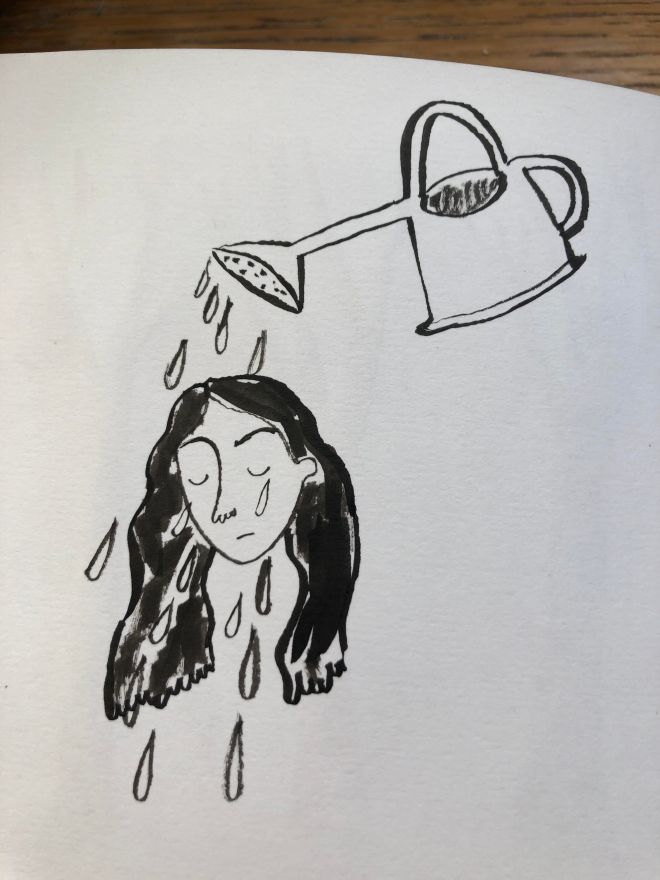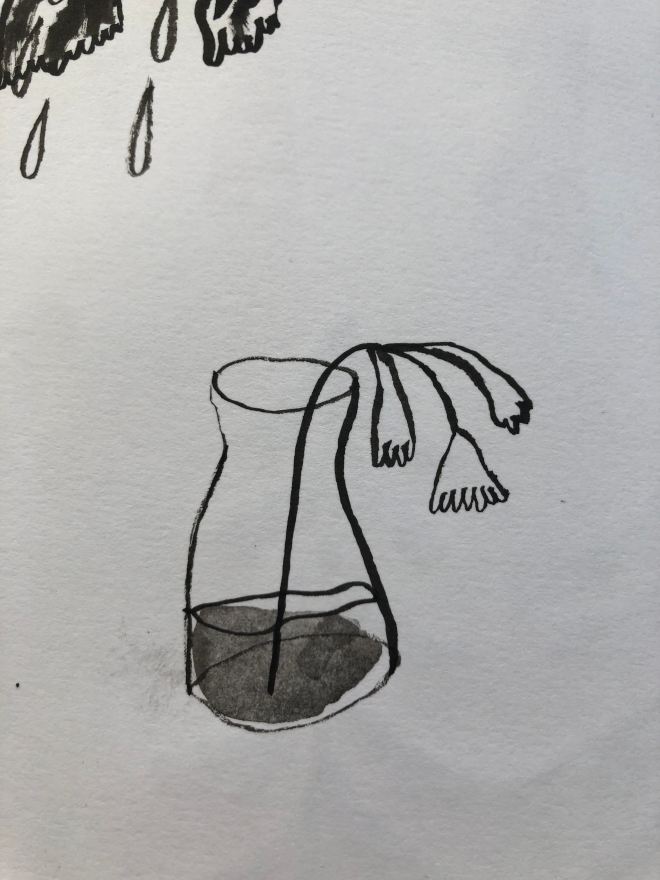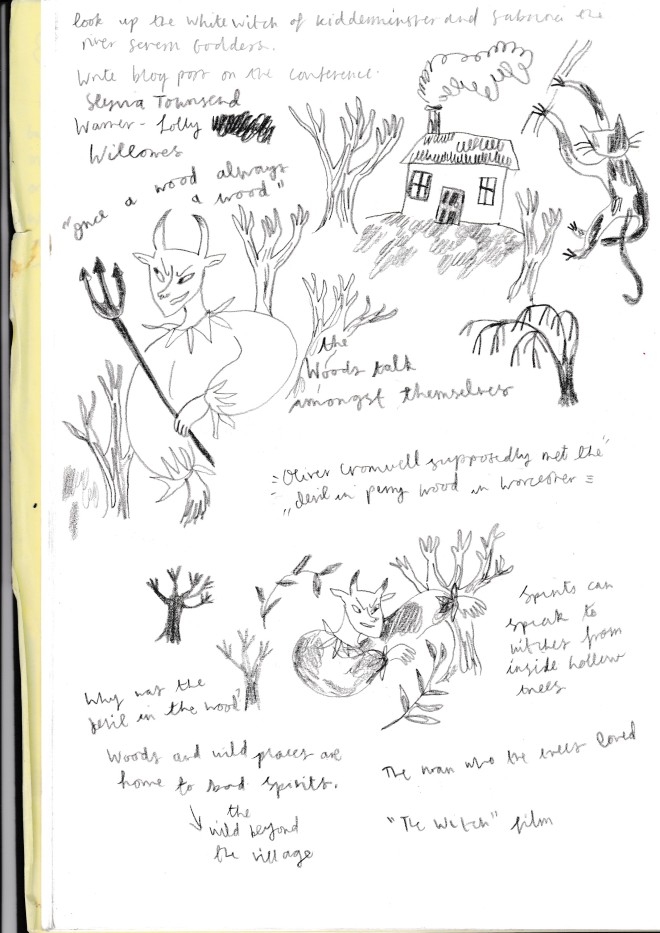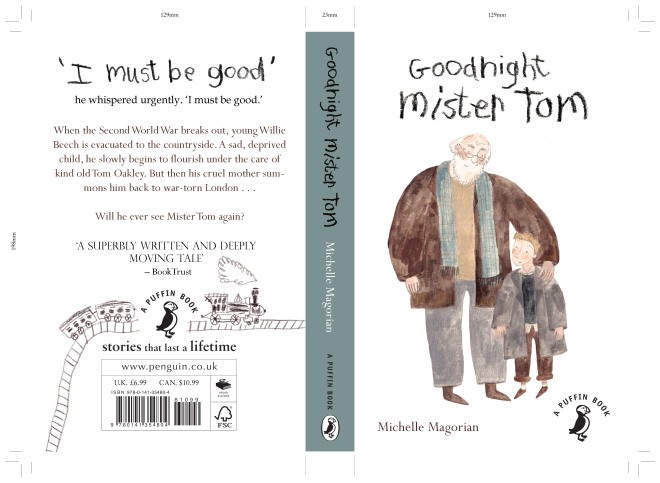I have grown so much in this last term. I have finally found where I want to be as an illustrator and can feel the start of my career forming! I know now that publishing and traditional illustration is where my practice belongs and I have done the research in order to be able to start my journey into the industry of children’s publishing,
This is the only term where I felt like my work in constellation has been able to combine with my subject practice. I was able to put more theory and symbolism into my visual work, backed by my academic research i’d undertaken in my dissertation writing. I always felt like my interest in Art History and illustration would always be separate things but now I know that they can combine really well and make each other stronger.
I was really inspired by something that Neal Fox said in yesterday’s Vertical studio. He quoted J.G Ballard “Be true to your obsessions, trust in them, follow them like a sleep walker.” This really resonated with me as for me this term I have gone back to my obsession with the Pre-Raphaelite painters and medieval art, and through following those interests, I think I have come out with a stronger project than I have ever done before. I was able to sustain myself throughout the whole term as the interest in what I was doing was so deep.
In terms of material practice, I also think I have improved leaps and bounds. I am more confident with working on a larger scale. My paintings have more texture and tonal variation. Before I was quite hesitant to go in with darker colour but this project has made me realise that more vivid jewel tones are far more striking than the muted lighter colours I gravitated to before.
I have also taken my work into 3D, I decided when I came home that I should take Layla and Jo’s suggestions and make a diorama from my work. I made large scale cardboard figures of my goblin characters and took them into the forest to pose them in nature, exactly how they appear in the story. Bringing my imagined worlds into reality was really interesting and an idea i’d like to continue with. It also served as a makeshift exhibition for me as the degree show ended up having to be moved online.
I also made a video which was new for me! Seeing my work as moving image was amazing and even just how much more you can get out of my pictures if you zoom in and focus on the details of the image to tell the story.
I am really going to miss university. Coping without the support of my peers and tutors in the last few weeks was really sad but I am proud of how I handled the stress of the situation and I think what I have achieved has been amazing considering the circumstances. I’m excited to see where the future takes me and determined to keep in touch with all the amazing people I’ve met at CSAD! I am truly thankful for my three years and have grown so much in my illustration practice and also as a person!






















































